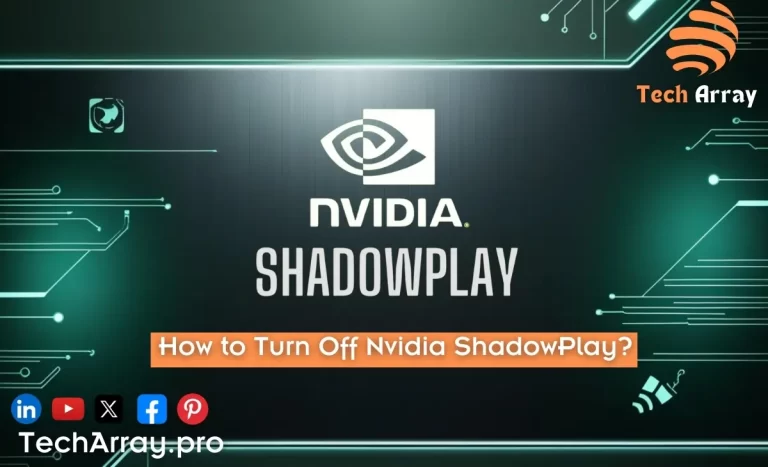Removing a Tesla charger might sound like a complicated task, but it doesn’t have to be! Whether you’re upgrading to a new charging system, moving to a different home, or simply no longer need your current setup, this guide will walk you through the safe and easy removal of a Tesla charger.
Tesla’s Wall Connectors are designed for efficient charging, but knowing how to uninstall them properly is just as important. With electric vehicles like Teslas becoming more common, it’s helpful to understand both installation and removal processes for charging stations.
Let’s break down the process step-by-step, ensuring you stay safe and avoid costly mistakes.
Why You Might Want to Remove a Tesla Charger
There are many reasons why someone might want to remove their Tesla charger. These can include:
- Upgrading to a newer model of the Tesla Wall Connector.
- Moving to a new home and wanting to take the charger with you.
- Selling the home and needing to disconnect the charger for the new owners.
- Making home renovations that require temporary removal of the charger.
No matter your reason, it’s important to remove the charger safely to avoid damaging your electrical system or the charger itself.
Step-by-Step Guide: How to Remove Tesla Charger
Before starting, it’s essential to follow safety precautions and understand that working with electrical systems can be dangerous. If you are not comfortable, it’s best to contact a professional electrician for help.
1. Turn Off Power to the Charger
The first and most crucial step is to turn off the power. You can do this by locating the breaker box in your home and switching off the circuit that controls the Tesla charger. This step is vital to avoid electric shock or injury.
- Locate the circuit breaker: The Tesla charger should be connected to a dedicated circuit. Find the breaker labeled for your charger and flip it to the off position.
- Test the charger: Try connecting your Tesla to the charger after turning off the breaker to make sure it is no longer receiving power. The lights on the charger should not be on.
2. Disconnect the Charger from the Wall
Once the power is off, it’s time to remove the charger from its mounting on the wall. Depending on the model of your Tesla charger, this step might be slightly different. However, the basic process is similar.
- Unscrew the mounting bracket: The Tesla charger is usually mounted to the wall with screws. Use a screwdriver to remove these screws.
- Gently detach the charger: After unscrewing, gently pull the charger away from the wall, ensuring that you don’t yank on any wires.
3. Disconnect the Wiring
This step is where things get a bit more technical, as you will need to disconnect the wiring from your electrical system. Again, ensure the power is off before doing this.
- Open the wiring panel: The Tesla charger will have a small panel where the wires are connected. Use a screwdriver to open this panel.
- Disconnect the wires: Carefully disconnect the wires inside the panel. Typically, you will need to loosen the wire connectors or terminal screws. Take note of which wire goes where in case you need to reconnect later.
Make sure to cap off the wires with wire nuts after they are disconnected to ensure safety.
4. Remove the Mounting Hardware
After the charger and wires have been disconnected, the final step is to remove the rest of the mounting hardware.
- Remove any additional screws or brackets: If there are any remaining mounting brackets or screws, remove them from the wall.
- Patch up the wall: Depending on your preference, you might want to fill in the holes left behind by the screws to make the wall look clean again.
5. Store or Dispose of the Charger Properly
Once removed, you can either store your charger for future use or dispose of it if it’s no longer needed.
- Storing the charger: Keep the charger in a safe, dry place where it won’t be exposed to the elements.
- Disposing of the charger: If you plan to dispose of the charger, check with local recycling centers or electronic waste facilities to see if they accept Tesla chargers.
FAQs
1. Can I remove the Tesla charger by myself?
Yes, if you are comfortable working with basic electrical systems, you can remove the Tesla charger by yourself. However, if you are unsure or feel uncomfortable, it’s always best to hire a licensed electrician to ensure the job is done safely.
2. Do I need a permit to remove a Tesla charger?
In most cases, you do not need a permit to remove a Tesla charger from your property. However, if you are doing electrical work beyond simple removal (like rewiring or installing a new unit), you may need to check with your local authorities about permits.
3. Can I reinstall the charger after removing it?
Yes, if you carefully follow the removal steps and store the charger properly, you can reinstall it at a later time. Just make sure you reconnect all wiring and mounting hardware correctly.
4. How much does it cost to remove a Tesla charger?
If you decide to hire an electrician to remove the charger, the cost can range between $100 to $300, depending on your location and the complexity of the removal. Doing it yourself will save money but requires caution.
5. What should I do if I’m moving to a new home?
If you are moving and want to take the charger with you, you can remove it following these steps and reinstall it at your new home. Just make sure your new location has compatible electrical wiring for the Tesla charger.
Safety Tips for Removing a Tesla Charger
- Always turn off the power before handling any electrical components.
- Use proper tools like insulated screwdrivers and wire caps to ensure safety.
- Label wires when disconnecting them, in case you need to reconnect later.
- Consider professional help if you are uncertain about any step of the process.
Conclusion
Removing a Tesla charger can be a simple task if done carefully and with the proper tools. By following these steps, you can ensure that the charger is removed safely and efficiently, whether you’re upgrading, moving, or simply no longer need it. However, safety should always come first, so don’t hesitate to reach out to a professional if you’re unsure at any point during the process.
If you’re interested in learning more about Tesla chargers or need further guidance, you can find detailed information in the Tesla Support Page.




